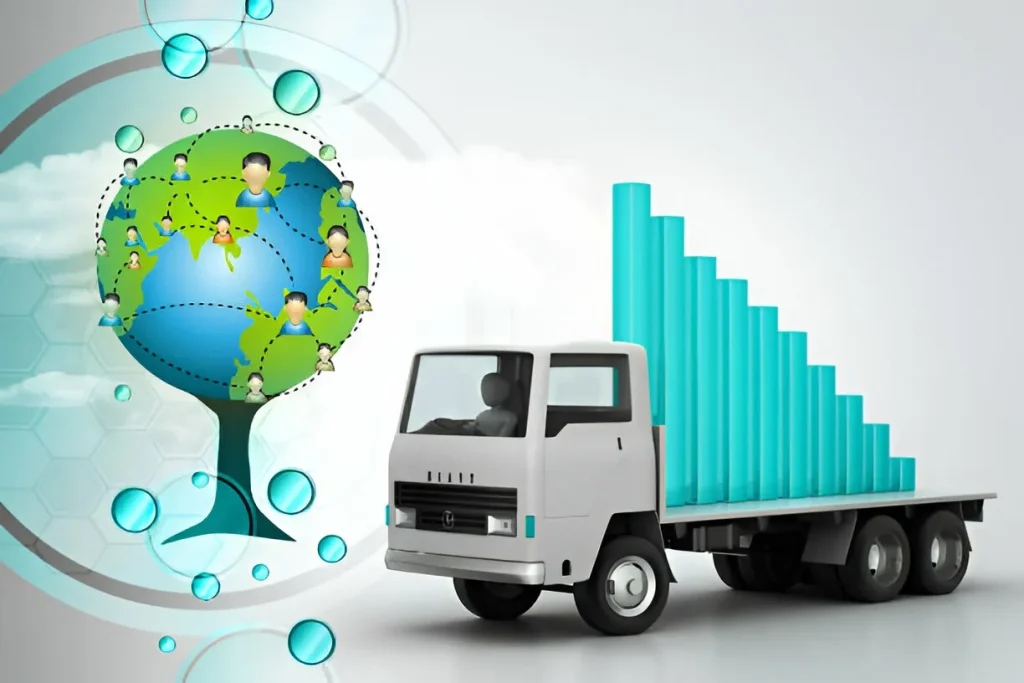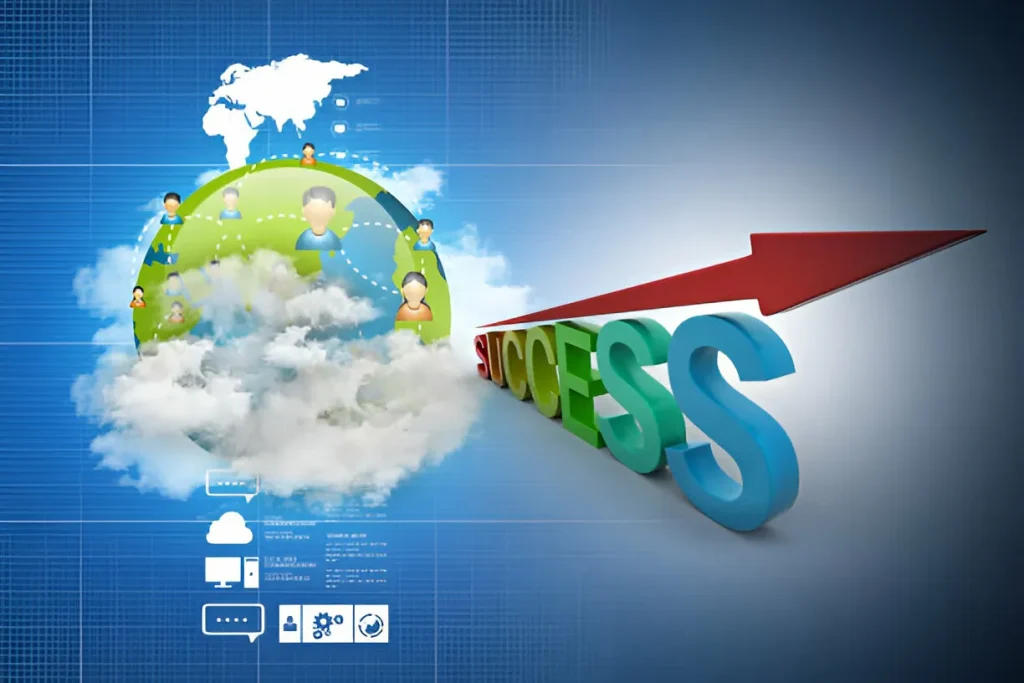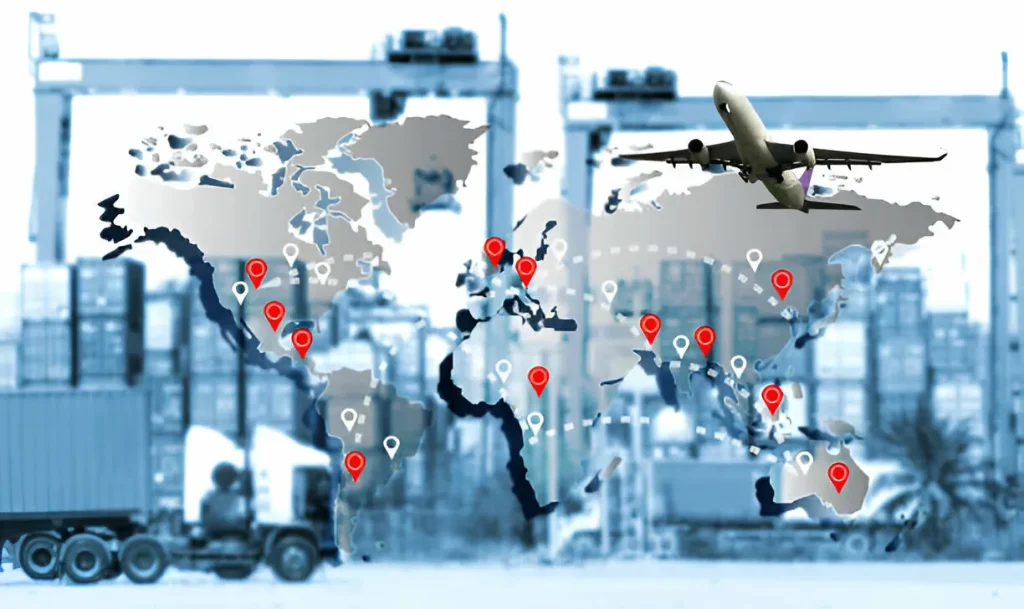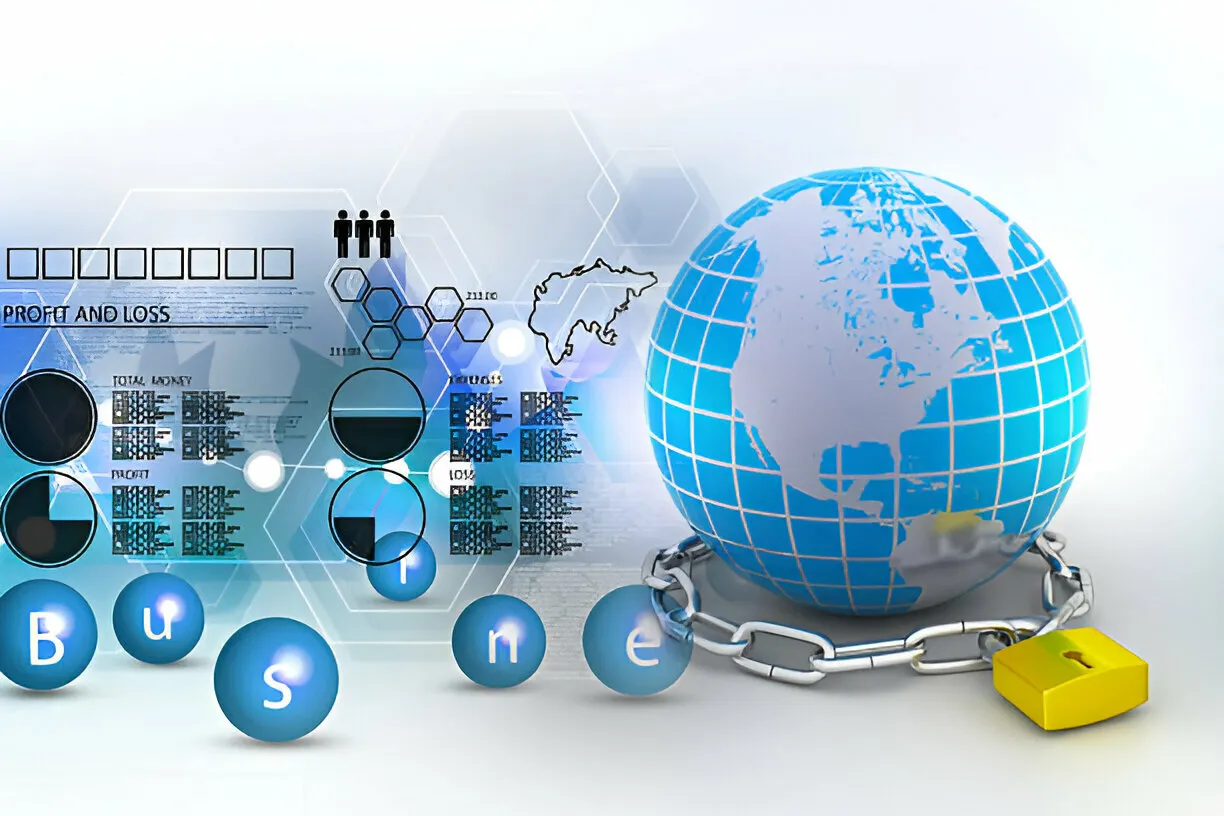Table of Contents
The above material is self-explanatory, only a few aspects of logistic growth are briefly highlighted here; a full analysis accesses other points referring to further sources.
Logistic growth follows, derived with the explanation of its general features, equation, and examples in the application within different areas. This is what differentiates it from exponential growth models.
They are not tied to resources. Many people believe that growth continues ad infinitum. However, logistic growth places a limit, which is inserted as a carrying capacity. This can be observed both in real-world situations and applied to scenarios to help predict certain changes. Let’s get into it.
What Is Logistic Growth?
Logistic growth is the rate at which populations grow. It initially accelerates after some time, and then eventually decelerates. Resources set the limit. In biology, think of bacteria in a dish. They multiply fast at first. Soon, food runs out, and growth stops. We use this model to understand real limits. It differs from endless growth. Logistic growth fits many cases.
The Mathematical Equation of Logistic Growth

The equation for logistic growth is given as dN/dt = rN (1 – N/K). Where N = population size, r = growth rate, and K = carrying capacity. This mathematically expresses that as N approaches K, the growth slows. We can solve for N as time goes by. The answer is N(t) = K / (1 + (K/N0 – 1) e^(-rt)). N0 means the start size. This S-curve is very key. It levels off at K. Math helps us guess what will happen.
Key Parts of the Logistic Growth Model
We. Break them into each part. Every one of them contributes.
- Intrinsic Growth Rate (r): This is the rate at which the population will grow without a barrier. It is based on births and deaths.
- Carrying Capacity (K): Maximum population that conditions can support; food, space limit
- Population Size (N): Present number because this changes with time. These work together.
When N is small, growth feels almost exponential. As N increases, limits start to kick in.
How Logistic Growth Differs from Exponential Growth
Exponential growth is unlimited. It is dN/dt = rN. Populations double rapidly. But nature has constraints. Logistic adds (1 – N/K). This checks the boom. We observe exponential growth under early conditions, and afterwards, the truth prevails. Logistic is a better match for real data. For instance, human populations expanded rapidly. Now some regions are slow because of resources. That makes all the difference.
Practical Applications in Biology
The applicability of logistic growth in biology is to species. Animal numbers in habitats can be predicted. Just think of the deer in a forest. There is a limit to how much food can be available to the herd. A model to manage hunting. We also use it for microbes. In labs, bacteria follow this curve. And it aids drug tests. The fish stock in our oceans also conforms to it. We have overfished it so that it drops below K. But it takes quite some time for its recovery to restore.
Logistic Growth in Ecology
This is the model that ecology makes use of in ecosystems. There, the balance of nature is demonstrated with predators and their prey. Logistic helps model both. Limits provide the stability that comes from them. We study invasive species. The fast growth at first, then local limits. It’s closely related to climate change, and warmer areas change capacities. Models predict shifts.
Applications in Human Populations
Even human populations exhibit logistic growth patterns. The world population has been increasing at quite a fast rate. Presently, however, it is slowing in some regions, and this is never good news.
That is something we can plan for. Cities have to forecast their needs in terms of food and water so that their policies do not outstrip those supplies.
It is a limit that guides policies; whereas, for example, birth rates have been dropping in the rich countries, which so ‘fit the model’. The growth plateaus.
However, in the poorer areas, the growth remains at a maximum, and there are just not enough resources to support this, planning again being the remedy.
Logistic Growth in Economics

In epidemiology, a ‘logistic curve’ is often used to illustrate the growth of the number of infections in the population.
Initially, infections spread quickly, and as more individuals become infected, the rate of spread begins to slow down until it reaches a peak where a maximum number of individuals have been infected.
As a basic application, growth and saturation processes are modelled. Ultimately, we get a common sense range bounded by zero, where numbers cannot be negative.
Such logistic increases, where there is an initial exponential growth followed by saturation, are ubiquitous not only in the context of business organisations but also in epidemiology.
Use in Epidemiology
Disease spreads using logistic growth. Infections rise, then fall. This is how we model outbreaks. Indeed, early cases will exhibit fast growth. The accrual of immunity will serve to slow it, and that’s exactly the development that COVID-19 followed.
It would hit peaks and then drop. While vaccines changed K, flu seasons fit too. Predictions are what save lives, and it is what health plans rely on.
Logistic Growth in Technology Adoption
Technologies spread like populations. New applications are adopted at an accelerating pace. We see S-curves in phones. Early adopters kick it off, then most join, saturation happens, and few are left to add. Model forecasts trends. Social media grew this way. Users hit billions. Growth now slows.
Advantages of the Logistic Growth Model
The model is realistic and incorporates the missing limits in others. This can be fitted to data, r, and K adjusted. Predictions will improve. It is simple math that helps, and anybody can grasp the wide use following; it applies across fields from biology to business, with its versatility.
Limitations of Logistic Growth
No model can ever be perfect. Logistic growth supposes K is constant, which is not true; various outside “shocks” like wars or disasters change the local dynamics.
Much too simple for complex systems – many factors are playing. Let us refine this as necessary. At present, it simply launches further discussions. And better models.
How to Graph Logistic Growth
Graphing shows the curve. X-axis is time, Y is N. Starts flat, rises steeply, levels off. Can use Excel and the like. To work this equation and graph it.
We can compute points for a graph of the equation, and then we should see the characteristic S shape.
Visual learning is much better than other types of learning for many people, as it’s easy to compare with other types of information. For instance, compare it with an exponential – practically straight line up vs the curve, and you will see the difference clearly.
Real-World Examples of Logistic Growth

Wolves in Yellowstone provided logistic growth; the prey supposedly limited it. Cars, well, any new technology, had their markets explode, only to reach a plateau. Growth of yeast in beer that ferments sugar; growth should be limited. World total internet users: exponential at first, now logistic. All these applications of the model work; the patterns are repeating.
Logistic Growth vs Other Models
The Lotka-Volterra model would include predators; this one here would be rather more complex. Cancer growth fitted to the Gompertz curve; somewhat similar but distinctly different.
Teaching Logistic Growth
In case different applications which embody teaching growth are varied, the logistic growth model is given a particularly thorough treatment in biology courses at the high school level, where, e.g., simple experiments like the growing of bacteria and measuring them can be undertaken, followed by plotting the collected applied data and fitting a curve through it. We tell stories about rabbits in the field so that kids understand. The simulations will be put online. All one has to do is change r and see what the effects would be.
Future of Logistic Growth Models
Climate-shifting the Future of Logistic Growth Models: A possible climate shift will change K. The models will change with it. Logistic Growth Models for AI.
Logistic growth models relate well to AI in that, as currently available precise curve-fitting algorithms are used to find the best curve fit that represents the logistic growth data, in most cases.
AI in future versions or after development stages would make this process even more automated, efficient, and accurate with better predictions. We look at space. Colonies on Mars? There are limits. Sustainability depends on that. Let’s plan for Earth.
Closing Thoughts
The logistic growth definition helps us understand how populations grow and interact with their environments. This model is crucial for managing natural resources, planning agricultural activities, and even predicting economic changes related to negative population growth.
By considering the limitations of the environment, logistic Growth provides a realistic view of how populations can sustainably thrive, ensuring that every individual within a population has equal access to resources.
FAQs:
What is the logistic growth definition?
Logistic growth describes how a population grows rapidly at first, then slows as it approaches its environment’s carrying capacity.
Why is logistic growth important?
It helps in managing wildlife populations, planning sustainable agriculture, and controlling the spread of diseases.
How does logistic growth differ from exponential growth?
Logistic growth slows as resources become limited, forming an S-shaped curve. Exponential growth assumes unlimited resources, creating a J-shaped curve.
What is the carrying capacity?
Carrying capacity is the maximum population size that an environment can sustain indefinitely without degrading resources.

